Business: Sweden / Skellefteå
Growth area
A once-declining city has become the country’s fastest growing. Is this how you stem the brain drain in other post-industrial cities?
“It’s not something that I would do back home in India but it looks like fun,” says Philip Paul as he pushes a three-metre-long double kayak into the Skellefte river, preparing to try his hand at a cherished local tradition. Starting something new often feels daunting but dabbling at kayaking is nothing compared to moving across the globe and building a new life. This is what Paul and his kayaking companions today have all done. They are among the thousands of people who have relocated to this booming town in northern Sweden, just 200km south of the Arctic Circle, in search of work and a better life.
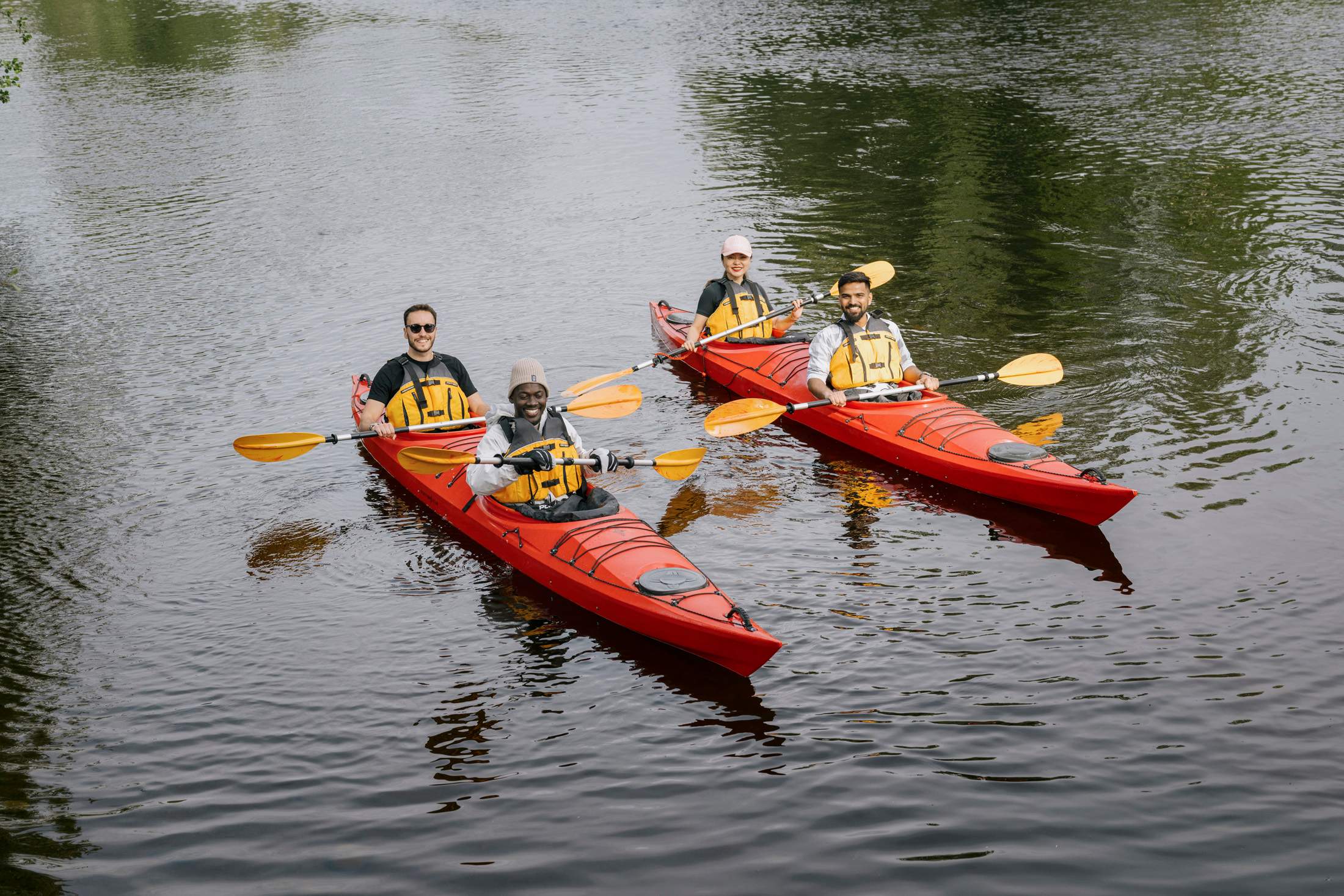
“I’ll never forget the moment I arrived in October last year,” recalls the 29-year-old Paul, who is originally from Kerala in southern India. “They announced on the plane that it was snowing in Skellefteå and I had no winter clothes with me. I had never seen snow.” One year later, Paul is working as an engineer for the battery maker Northvolt and he’s prepped for the bitter weather too.
The kayak group is a microcosm of the new Skellefteå. His fellow kayakers are from China, Congo, Brazil and Portugal. In this growing city of more than 78,000 inhabitants, you hear multiple languages being spoken. It’s a remarkable change for an area that, like many old industrial mining and logging towns in northern Sweden, has long grappled with the consequences of a brain drain and a dwindling population.
Skellefteå’s fortunes have turned due to the country’s green transition. Companies such as battery maker Northvolt are investing in the city because it can provide the company with plenty of clean energy: hydropower. The firm opened its Northvolt Ett battery factory here in 2021 and already employs some 2,000 people directly and an additional 4,000 through its subcontractors. Having raised more than €15bn in funding rounds, Northvolt has an ambitious goal of producing batteries for one million electric vehicles (EVs) every year at its factory here.
It’s why Skellefteå is now the fastest growing city in Sweden and predictions are that the population will surpass 100,000 by 2040. These are numbers that would make many cities in this part of Europe (or anywhere with an ageing population) jealous. But how can Skellefteå manage this growth in a sustainable way and ensure that the boom makes the city better to live in for all?

“It’s a challenge: a positive one but still a challenge,” says the director of the Skellefteå municipality, Kristina Sundin Jonsson, when we meet in a café next to the imposing city hall, which is perched on a hill overlooking the river that bisects the city. “We need more of everything, from pre-school teachers to housing, from better transportation to culture,” she says. Her goal is to guarantee that the boom the city is experiencing, which many have likened to the gold rush that characterised this region in the 1920s, transforms Skellefteå for good. “People move here because of the jobs but we need to make sure that they stay because of the city,” she says. The quality of life that Skellefteå and other Swedish cities are known for will be key.

One vital component will be culture. In 2015 the city announced plans to build a flagship cultural centre. Today the Sara kulturhus stands 80 metres tall next to the city’s central square. Built in cross-laminated timber and designed by the Gothenburg-based White Arkitekter, it is one of the tallest wooden buildings in Sweden and without a doubt Skellefteå’s most recognisable landmark. It houses a 205-room hotel, a penthouse spa and three popular restaurants, a library and several venues for the performing arts. “We host about 800 events a year, ranging from music and theatre to dance and festivals,” says its director, Anna Jirstrand Sandlund. The building was publicly funded and is free to enter. Its programming features key figures in Sweden’s cultural life and ticket prices are kept low. “At first, some locals were sceptical about such a large-scale project but we have gradually won them over. People travel from all over Sweden to visit us,” adds Jirstrand Sandlund.

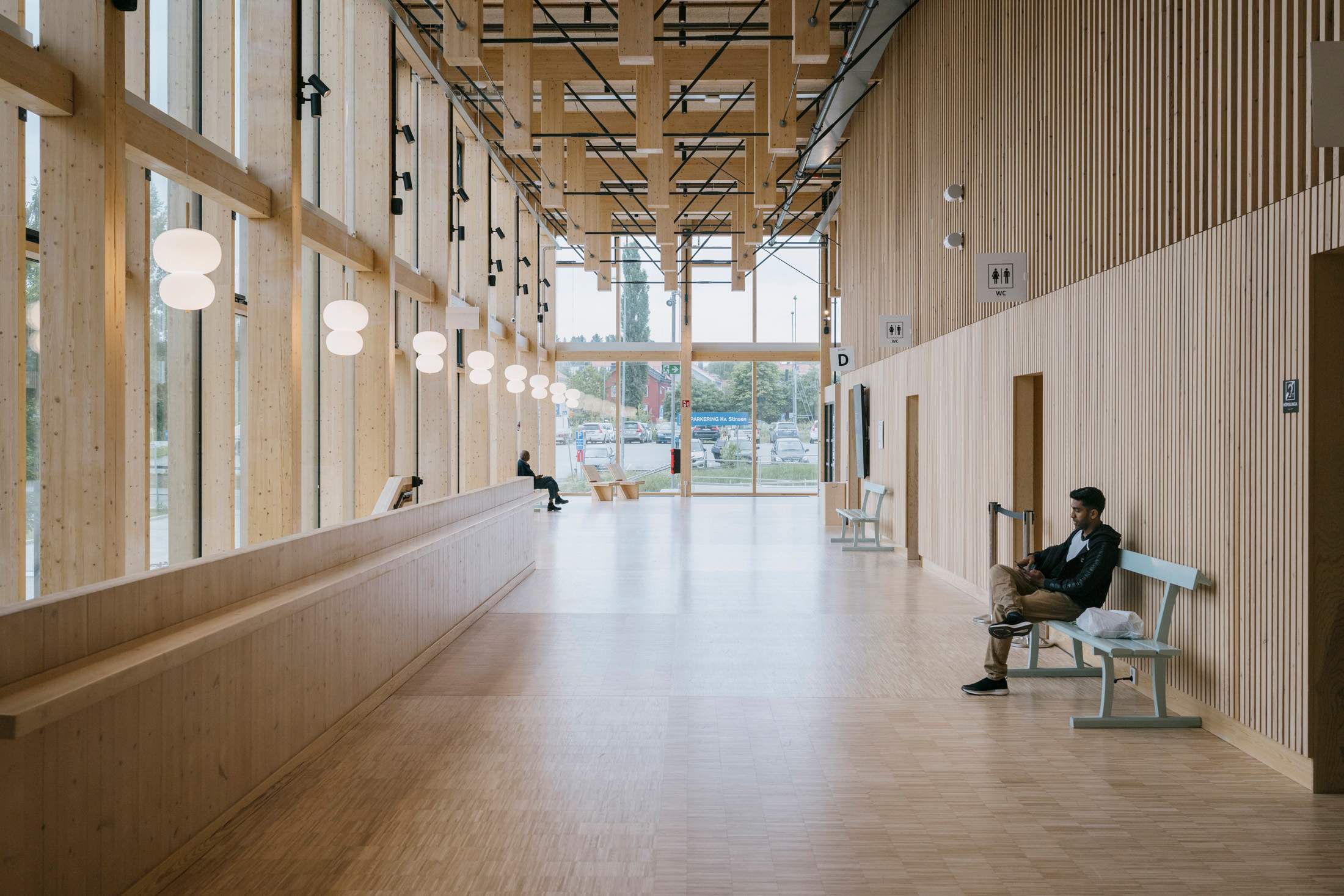
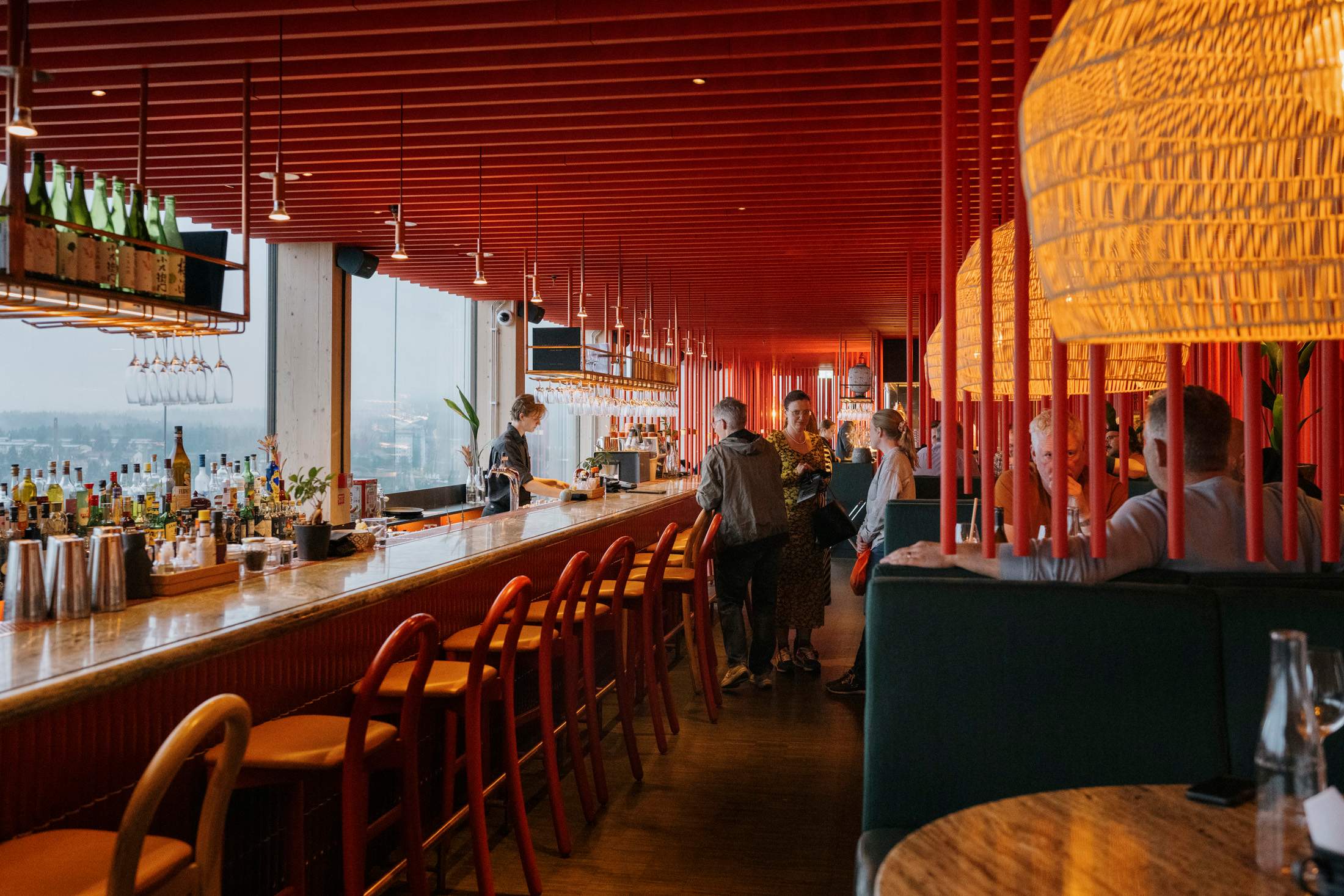

Across Skellefteå, there is a palpable feeling of a city on the up, as new apartment buildings, roads and bridges are being built. “Overall, we are investing skr42bn (€3.7bn) over 10 years to make the city better,” the city’s business director, Anja Palm, tells monocle. In per capita terms, it’s the largest spending figure anywhere in Sweden. The investment includes money for a new passenger hub for bus and rail transport, an airport terminal to handle the passenger increase (about 30 per cent last year), as well as schools and vocational training centres. To fulfil a growing need for skilled professionals such as engineers, several of Sweden’s universities have flocked to the city to open local branches. “We now have about 1,500 people studying in the universities but the number is set to hit 15,000,” says Palm.
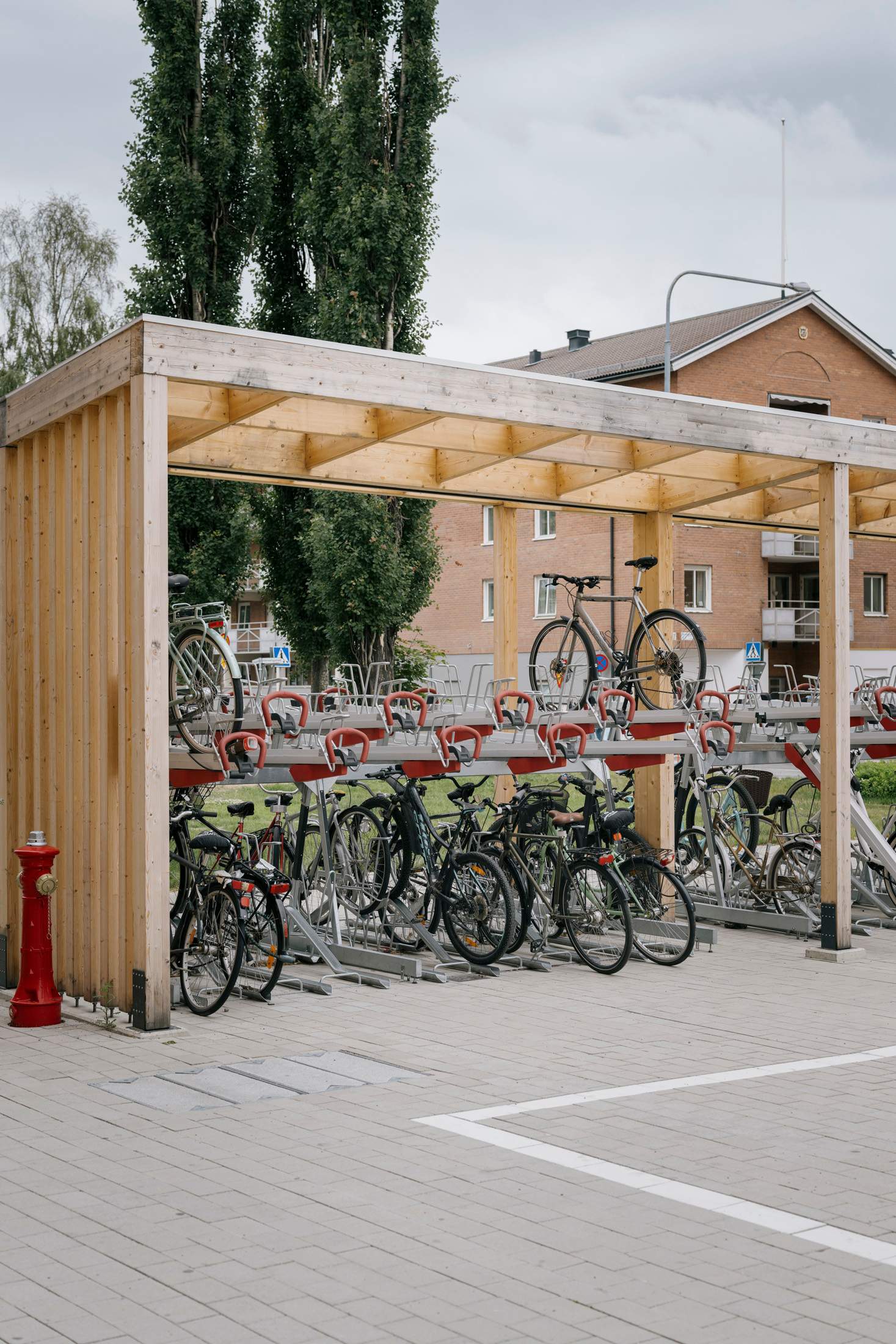
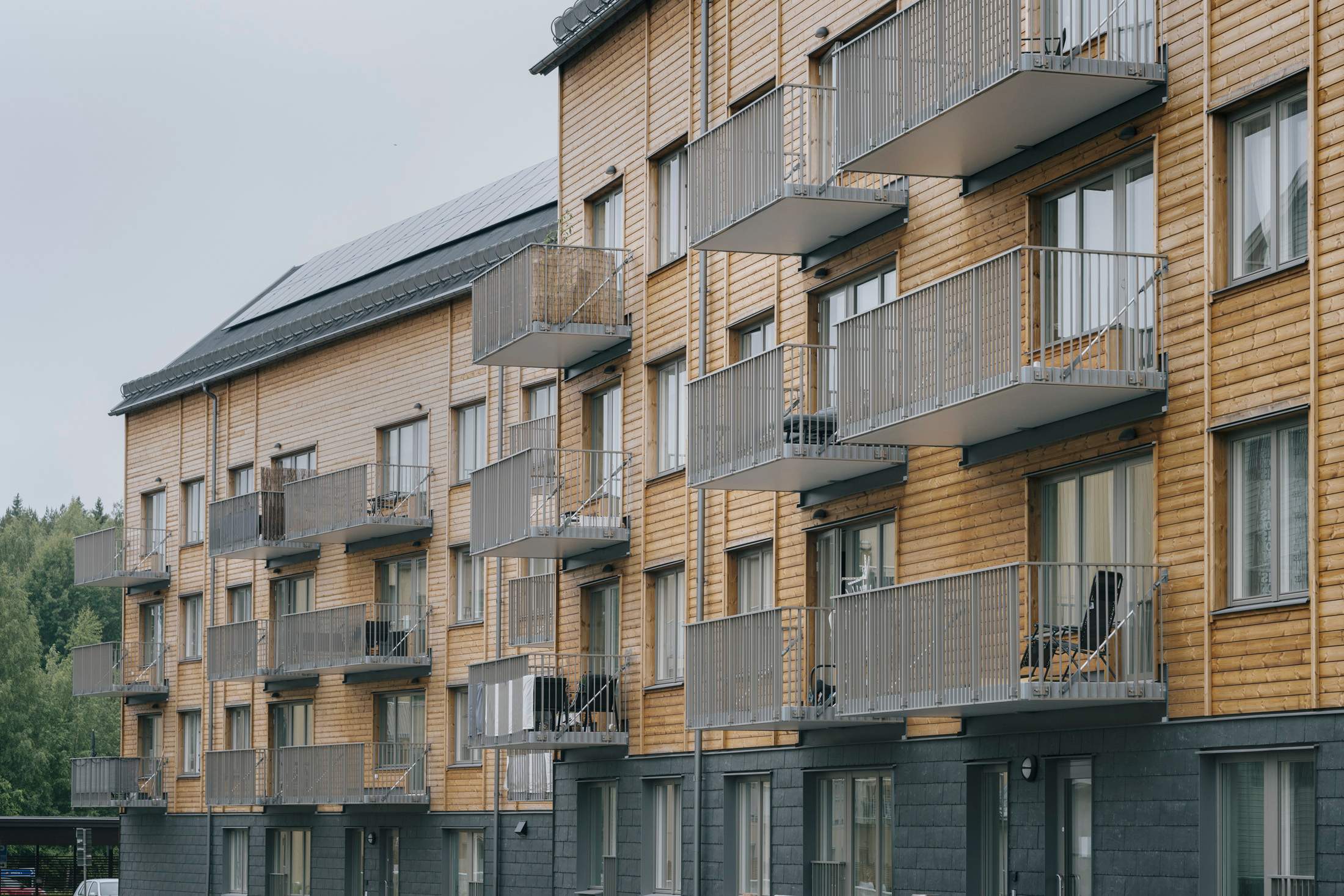
When asked what Skellefteå’s biggest challenge is, almost everyone, the municipal director included, says housing. Such growth in a relatively small area means there just aren’t enough apartments to handle the influx, especially when the city wants to build “good homes, not just homes”, as Sundin Jonsson puts it. Skellefteå has opted to place newcomers into temporary housing near the Northvolt factory on the city’s outskirts. “We believe that temporary accommodation is better than rapid and bad constructions, as it allows us to build higher-quality housing for everyone,” says architect and urban planner Therese Kreisel. She’s responsible for planning in the city; among other duties, this includes overseeing the creation of more than 9,000 new homes by the end of the decade. “The goal is to build mixed-use residential areas that are home not only to people but also to commercial activity and services,” says Kreisel.
Skellefteå is also reaching out to new residents who have moved to the city to help them integrate. “It’s great that people come here because of jobs but if there are no other reasons for being here, we will have a hard time convincing them to stay,” says Sundin Jonsson. A space in the city hall, Welcome House, helps the new residents with everything from permits and practical advice to more complex issues such as making friends. The newcomers we meet speak highly of the reception that they’ve received. Many have made friends who have taken them skiing in the winter, hiking in the summer or taught them about the Swedish fika – a tradition of coffee and pastry moments that the Swedes take so seriously.
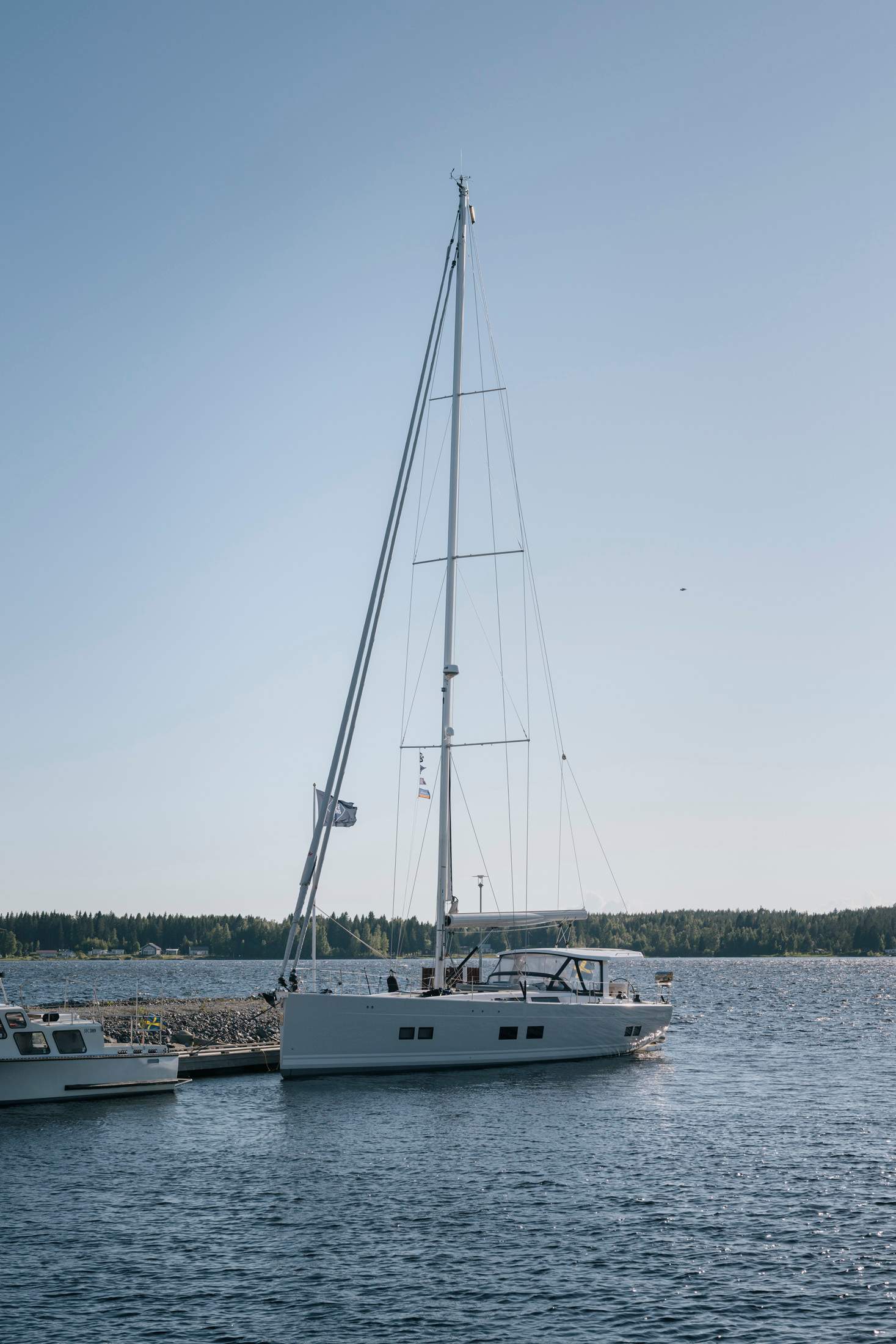

Northvolt employs people of more than 118 nationalities in its Skellefteå factory, which means a major change in the urban fabric of the city. Ethnic restaurants are popping up, as well as English-language schools and day-care centres. The city even has its own cricket team.
Life in this part of Sweden is all about friluftsliv, or spending free time outdoors in nature. To help newcomers, locals have founded a free Fritidsbanken for everyone’s perusal, where people can borrow skates, skis, fishing rods and backpacking equipment.
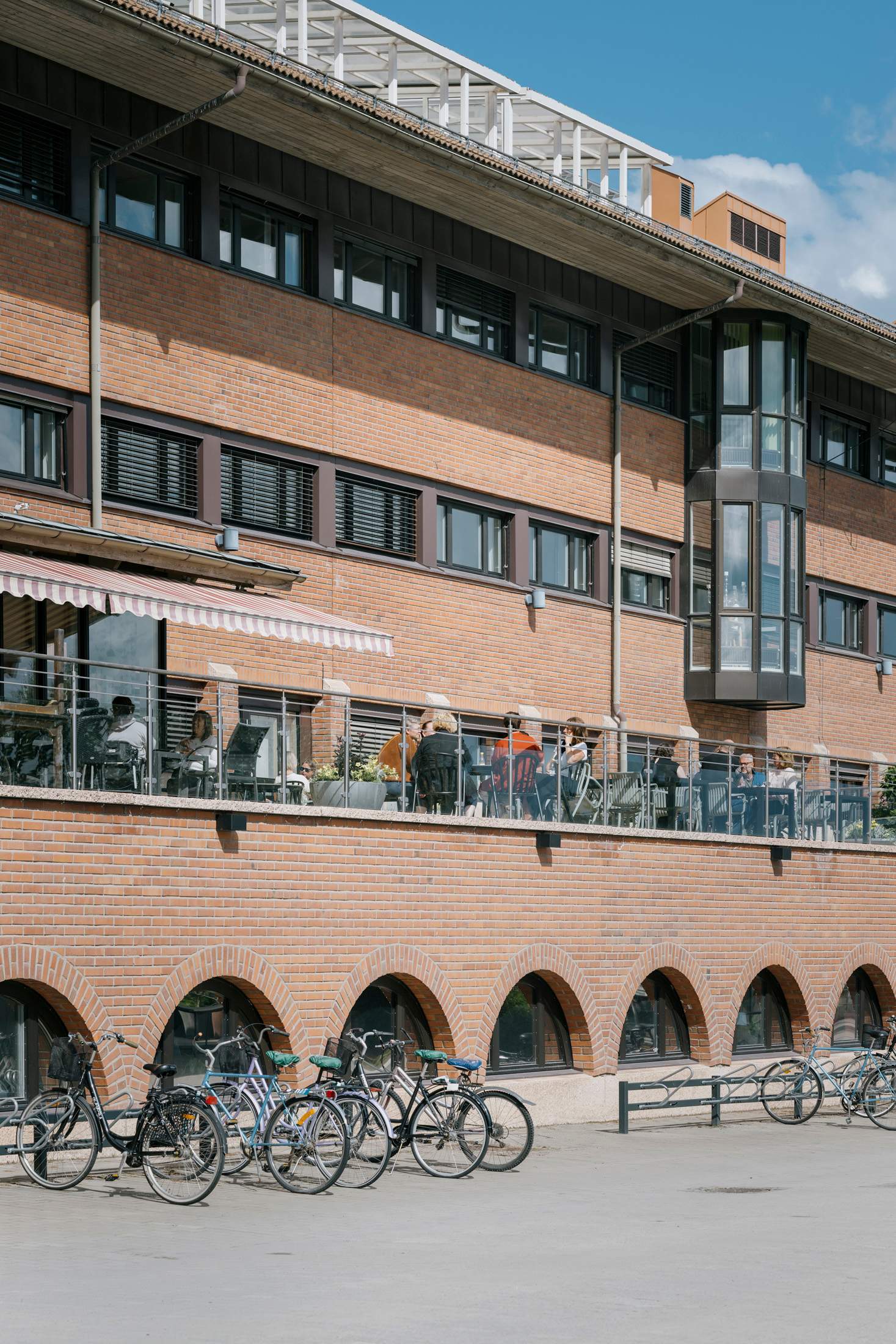
Not all of the locals are excited about the rapid changes afoot in Skellefteå. Apartment prices have increased and the ethnic make-up of the city has transformed. Sundin Jonsson says that it’s important for city leaders not to forget about older residents and their needs. “We need to make them understand that this growth benefits everyone,” she says, alluding to the fact that an increase in the working population also means better public services. “We have more taxpayers, better schools and infrastructure, as well as a more pleasant city to live in,” she says.
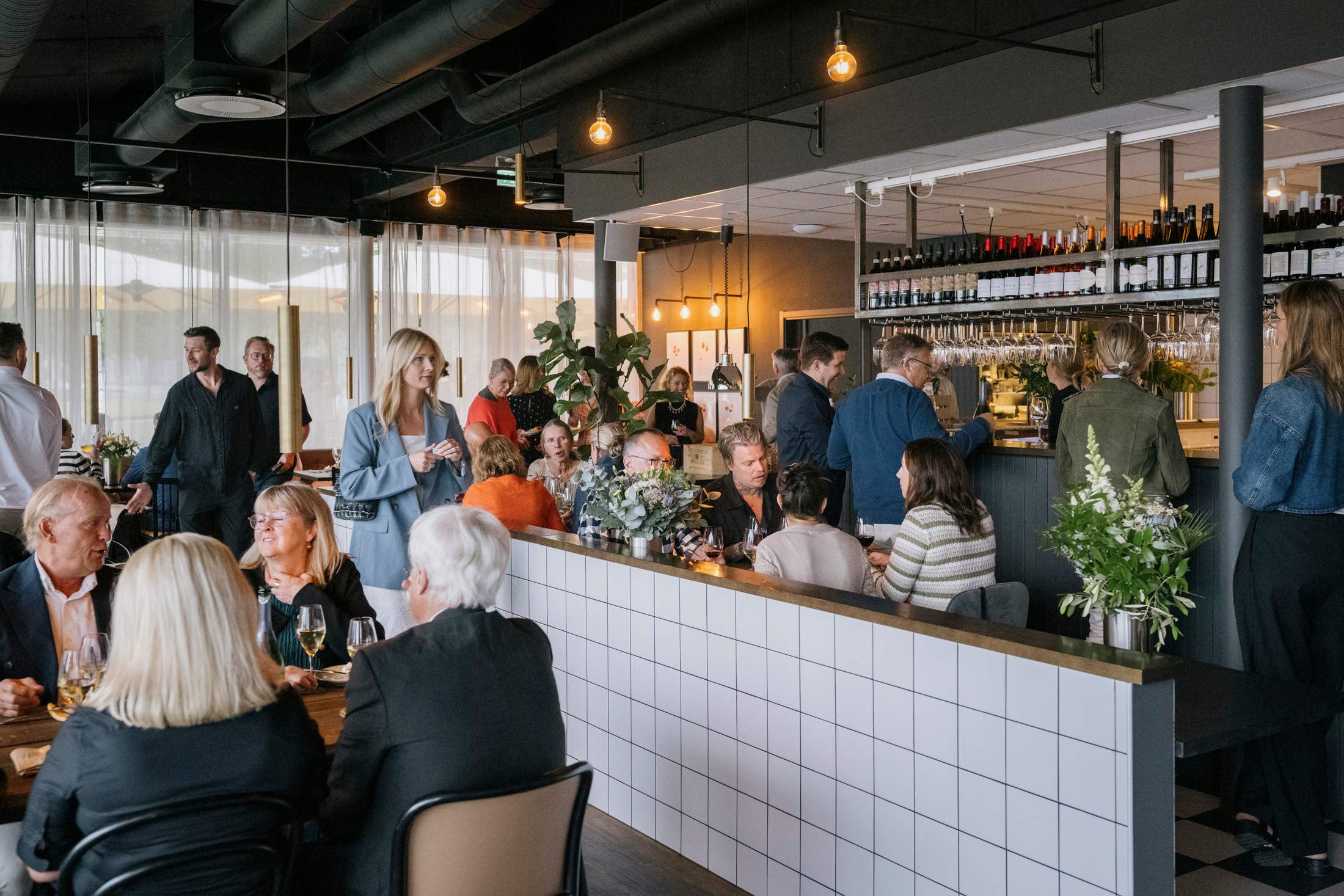
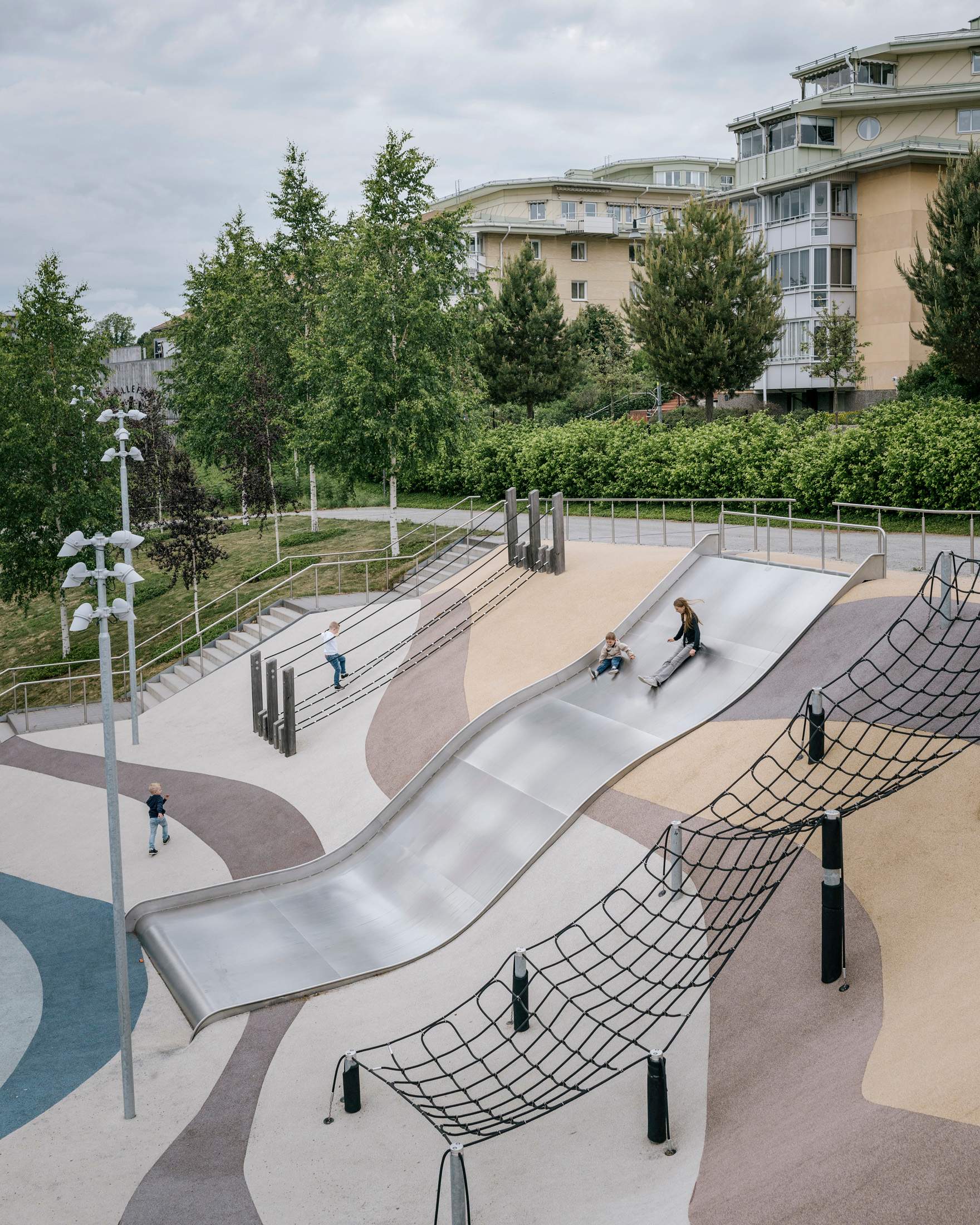
The city is also mindful of not putting all of its eggs in one basket. Northvolt is a major reason for the boom but the growth and investments that the city has made have served as a pull for some industries and given a boost to others. Companies such as South Korean battery materials provider Dongjin, which opened its first European outpost in Skellefteå in March, and logistics giant DB Schenker have moved here, and across the city, new factories are being built for businesses in sectors ranging from component manufacturing, green fertilisers and water purification to clean energy. According to the city, nearly 700 new facilities have either been opened or will begin construction in a few years. And when it comes to attracting new residents, it’s not only foreigners moving in. monocle meets many Swedes who have relocated to the area – or returned after years down south – not because of Northvolt but because of Skellefteå’s new image as a city of real opportunity. —


